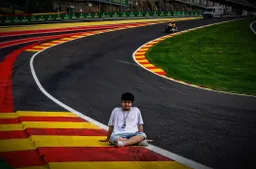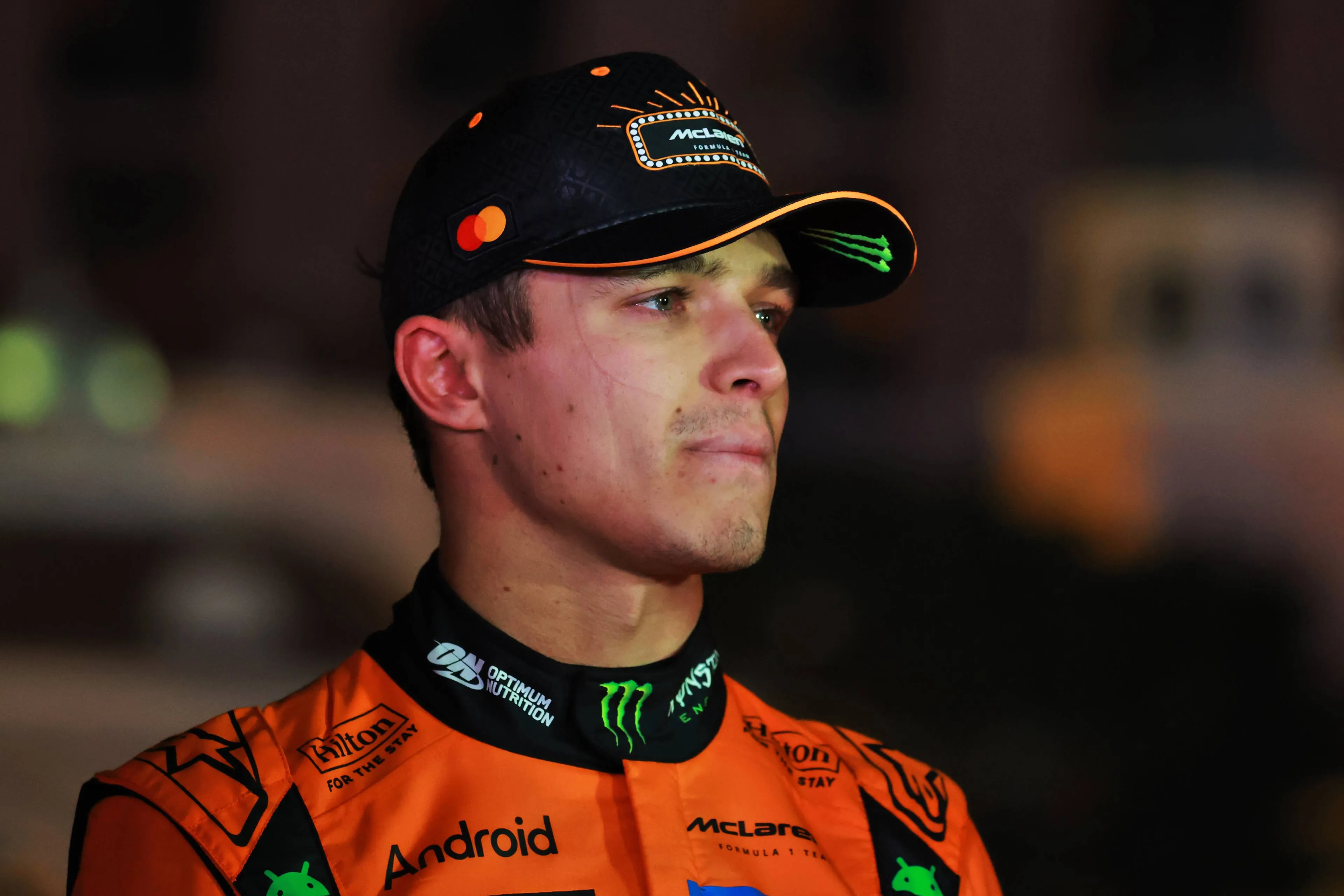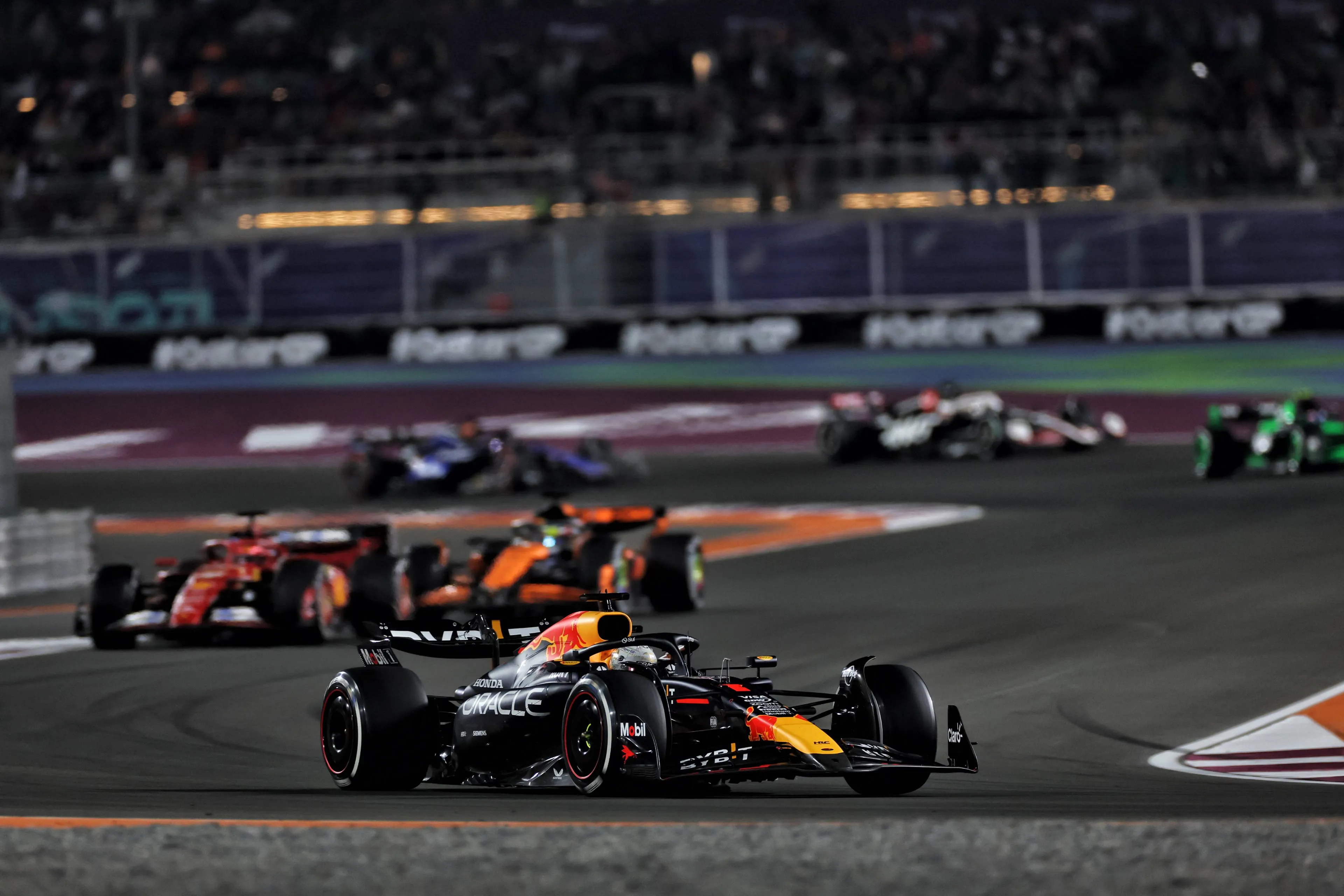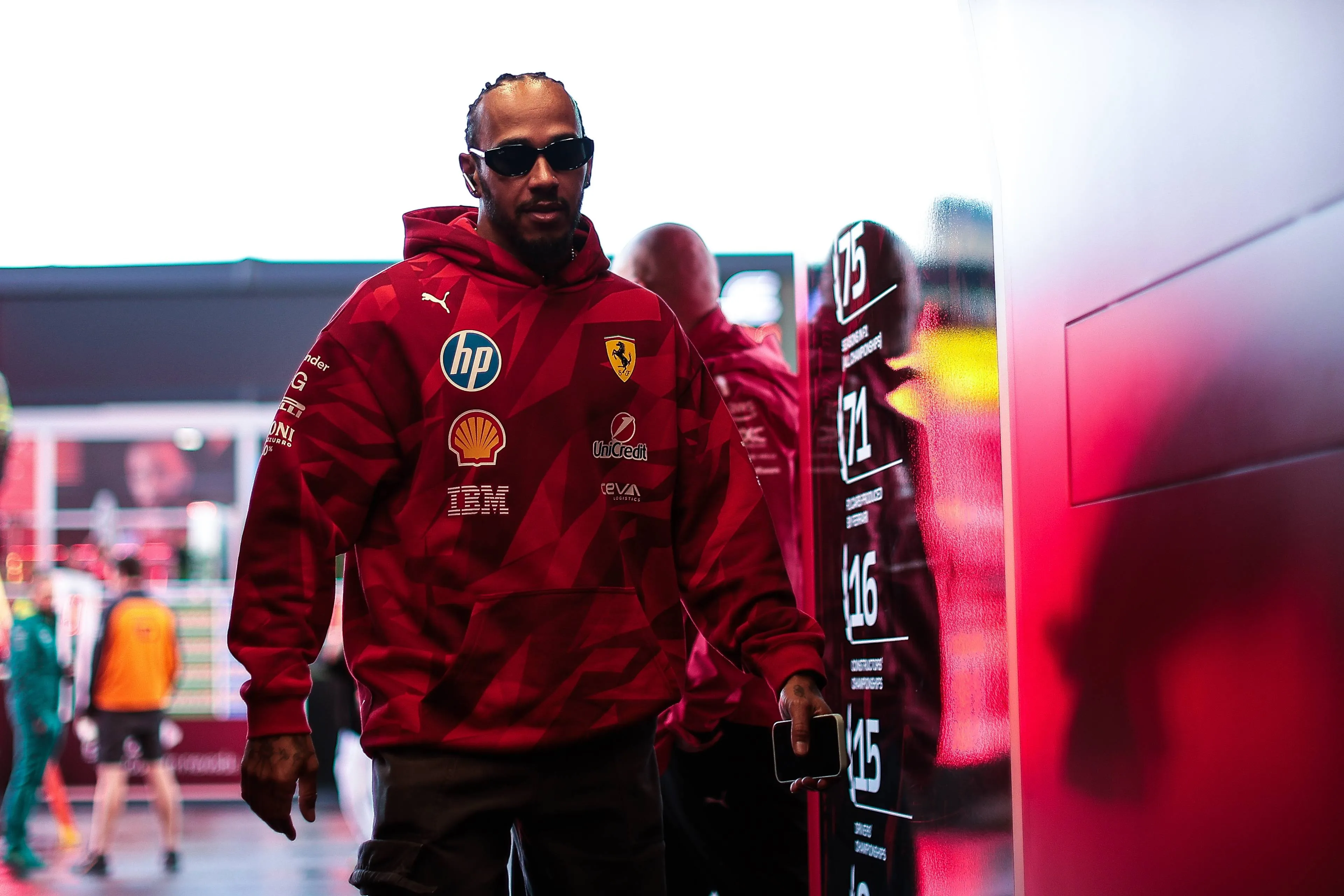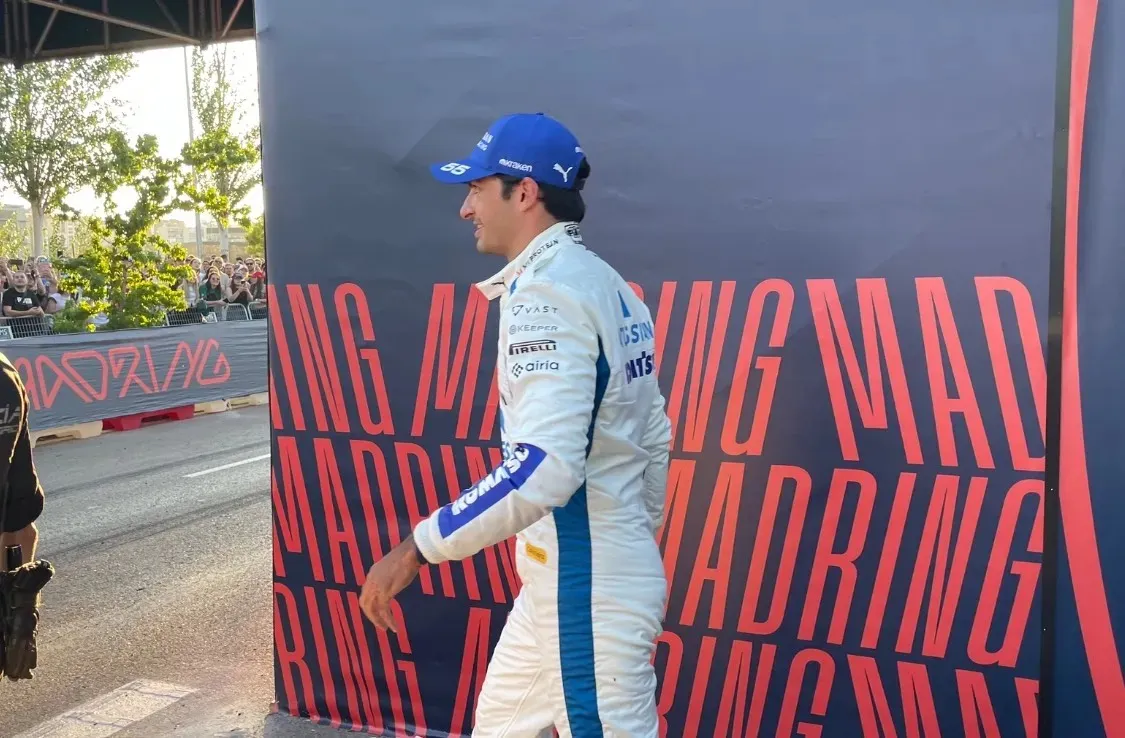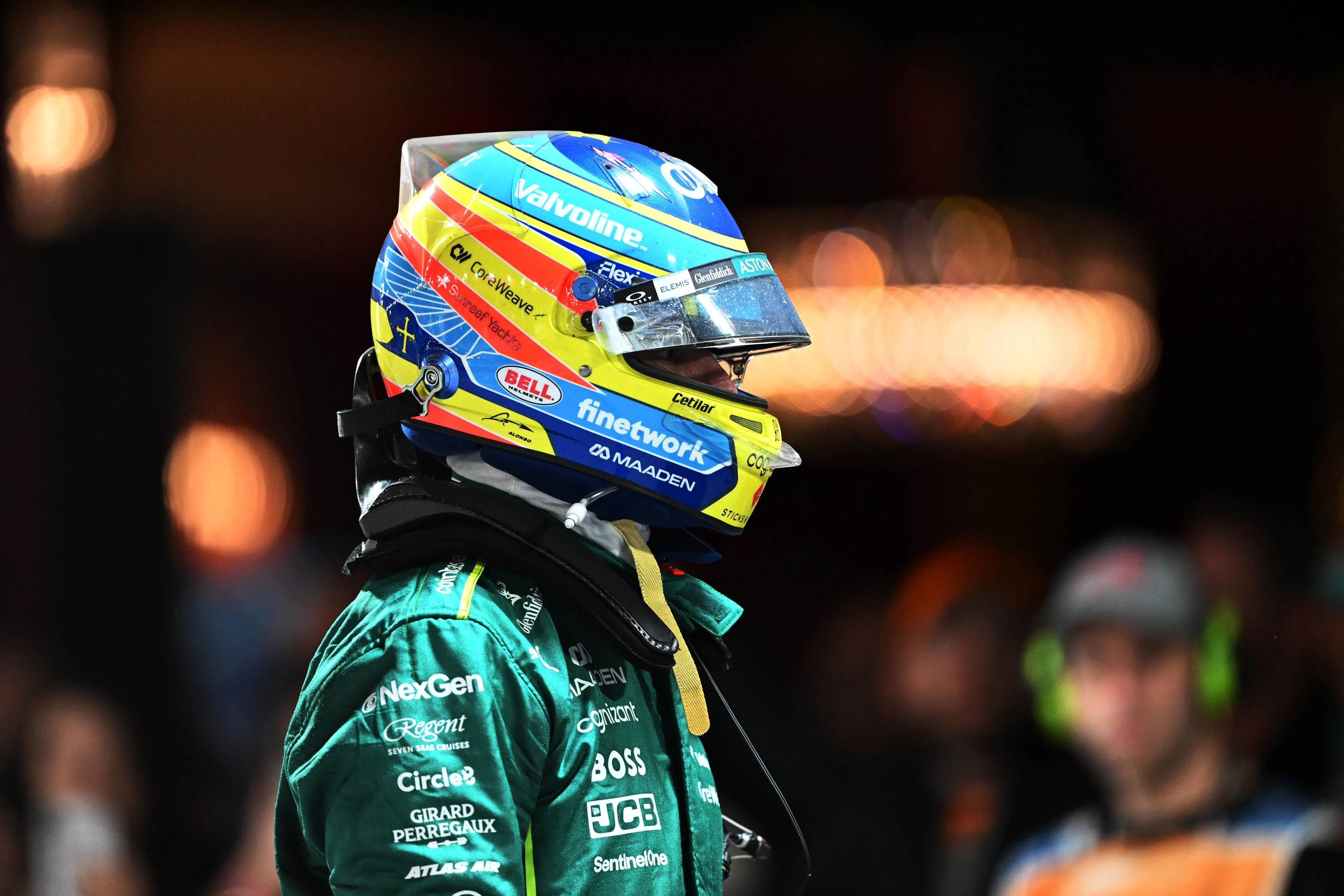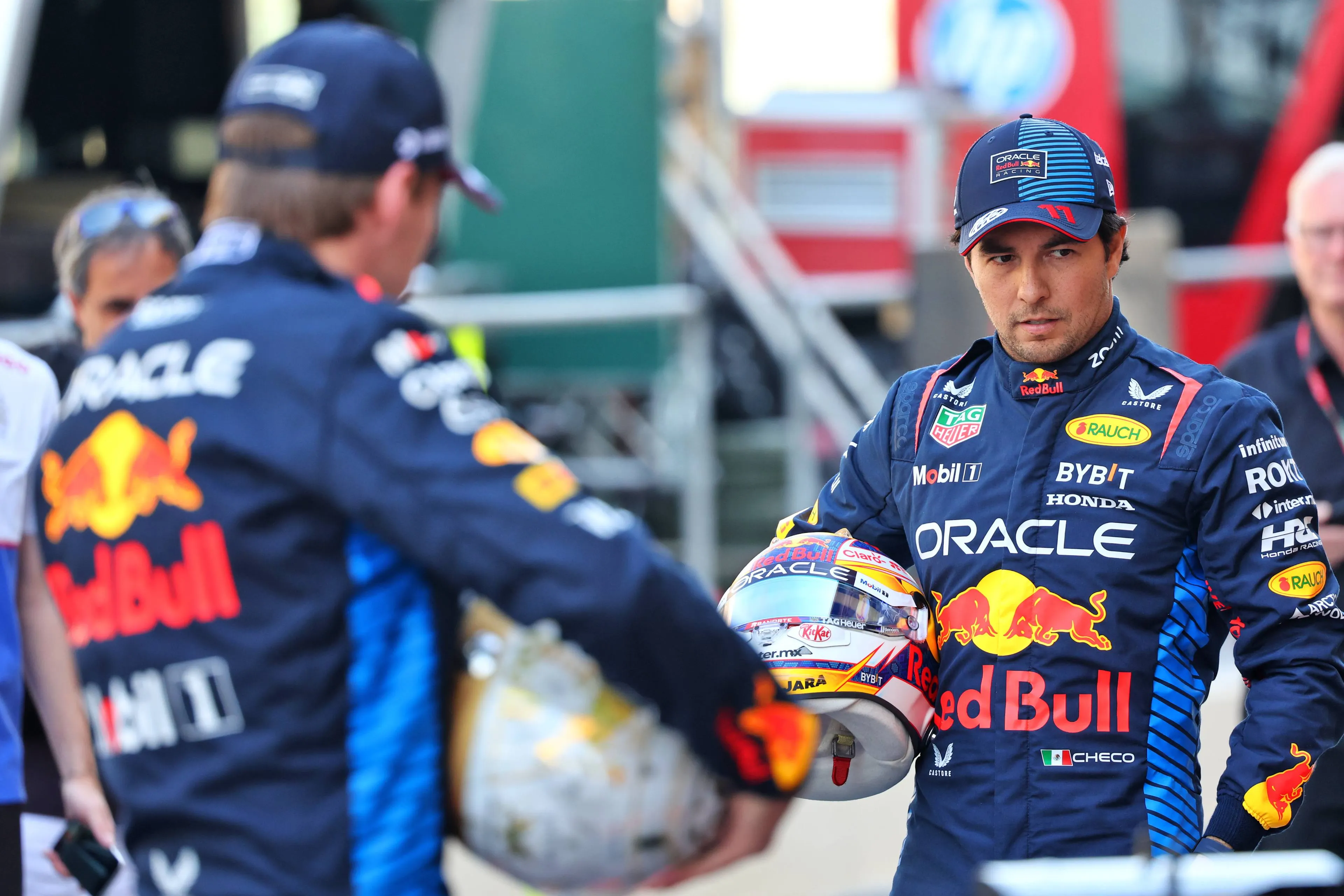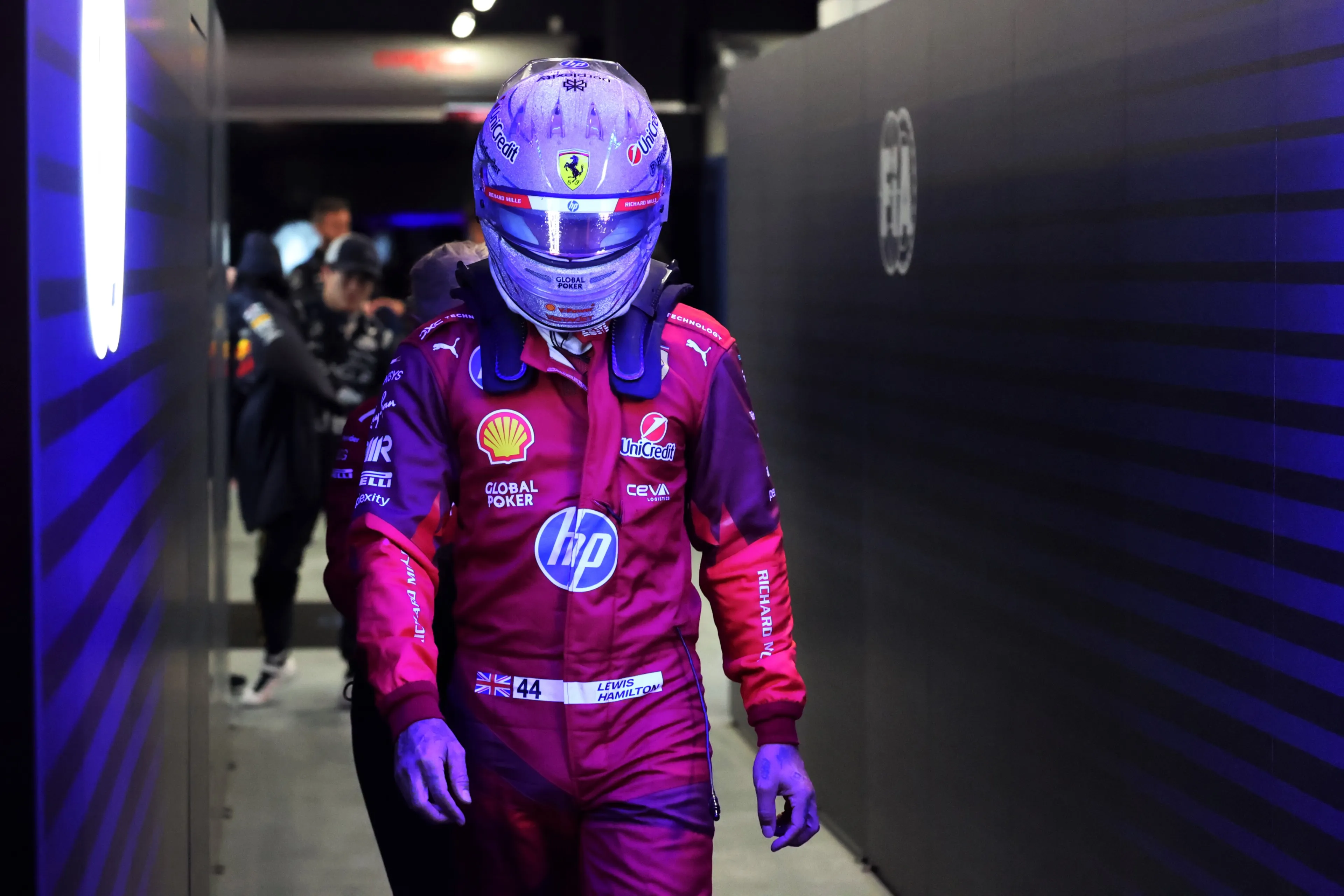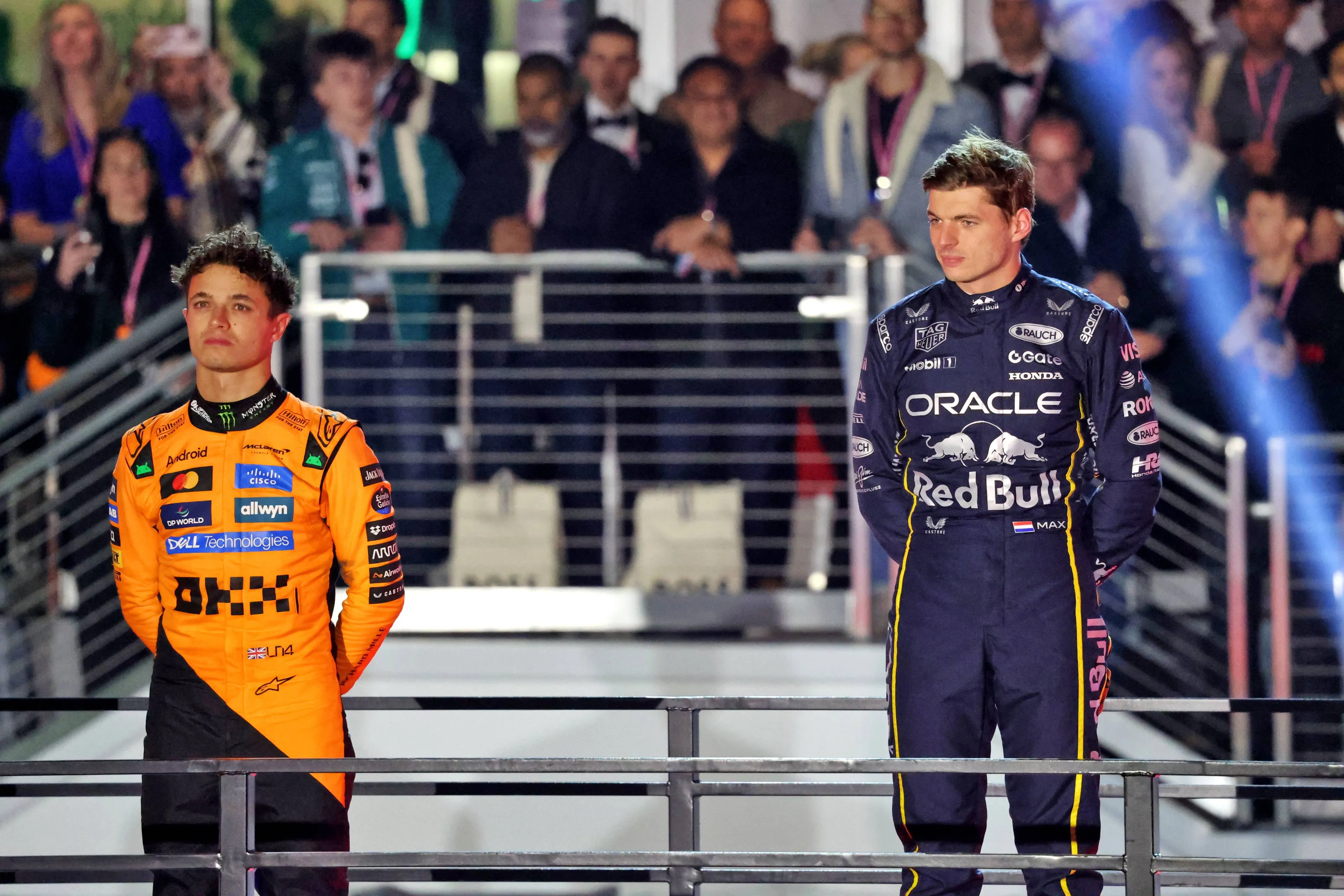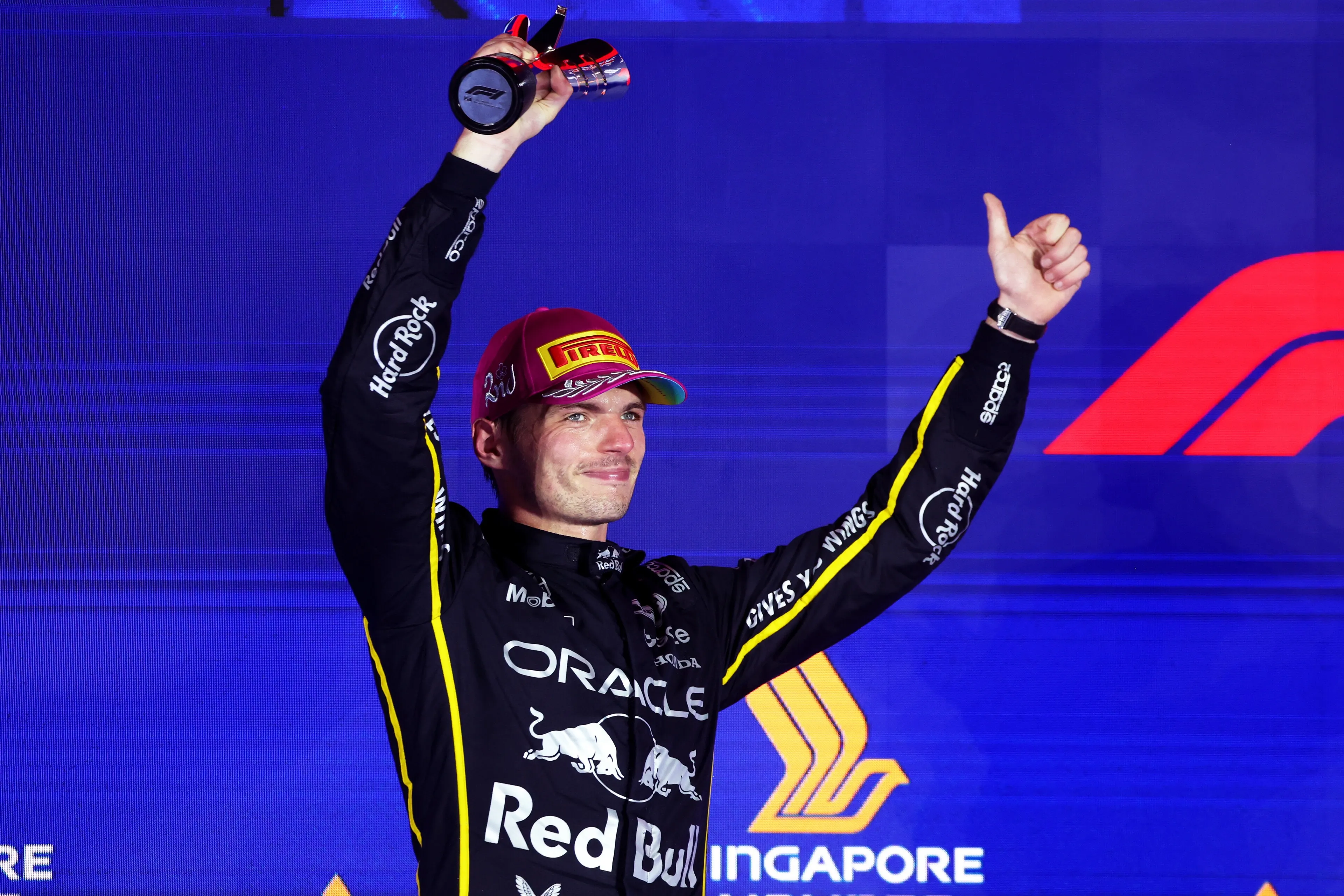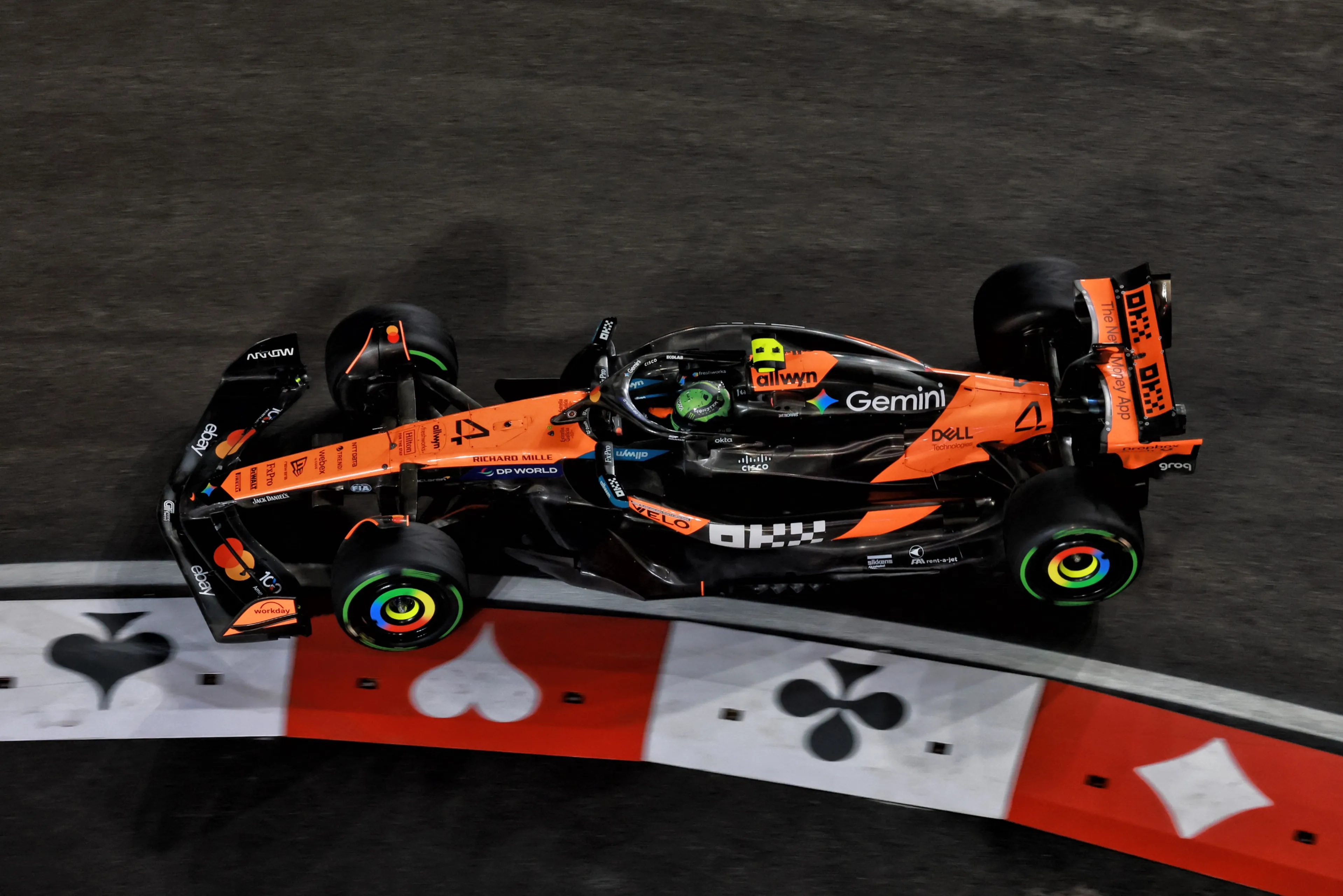
Norris during FP3 at the Las Vegas Strip Circuit - Image: Race Pictures
Explained: what really led to McLaren’s double DSQ at the Las Vegas GP
08:46, 26 Nov
Updated: 08:59, 26 Nov
0 Comments
Co-author:Francesco Bianchi
McLaren’s double disqualification at the Las Vegas GP caused quite a stir, but what led to Norris and Piastri being excluded from the race?
Initially, excessive skid block wear was thought to be connected to a rumor that emerged after the Brazilian GP, suggesting that some unnamed teams had used a trick to bypass plank wear by fitting titanium skid blocks. These were supposedly designed to let the car run as close to the asphalt as possible through thermal expansion, without wearing down excessively.
In reality, the theory held little water, and attention quickly turned to the Las Vegas weekend itself—particularly the practice sessions—where the seeds of McLaren’s eventual disaster were quietly sown.
Due to the two red flags in the second part of FP2, the teams were unable to carry out proper race simulations. This effectively left them preparing for the race in the dark, with no real reference for tire degradation, plank wear, or fuel consumption—parameters usually provided by long runs and crucial for engineers to make informed setup decisions.
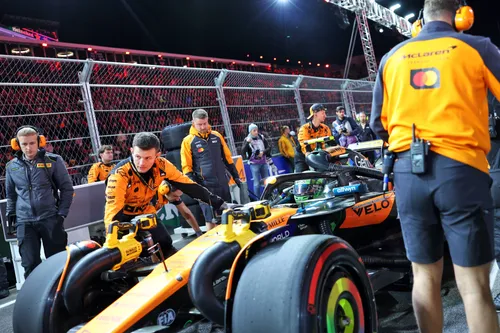
Why was Norris’s McLaren set too low? - Photo: RacePictures
Even in FP3, the teams couldn’t make up for lost time—this time due to rain—leaving them forced to make setup decisions without any concrete data in hand.
McLaren had opted for a very soft rear setup for Saturday’s qualifying, prioritizing traction and cornering through the slower turns—a choice that gave Norris a significant advantage in extremely wet conditions on a track that was already lacking grip.
Read also
McLaren’s setup choice backfired in the race
The softer setup also made it easier to heat the tires—a crucial factor in the cold conditions and on such a smooth track. Later, the team chose to run the car much lower to gain additional downforce through the faster corners.
While this strategy paid off in qualifying, allowing Norris to secure pole, it came back to haunt them on race day: the softer setup meant the car was running very close to the ground, causing the skid blocks to scrape heavily against the asphalt and wear excessively.
It was the porpoising triggered by the deliberately soft setup just before qualifying that, paradoxically, ultimately sank the Papaya team—something the engineers likely anticipated, given how much they instructed Norris to lift and coast to try to limit both the effect and, consequently, the skid block wear.
Even so, it wasn’t enough to avoid disqualification, which was eventually confirmed and made official by race control—unusually late compared to how quickly, for example, both Ferraris were disqualified in China for the same reason.
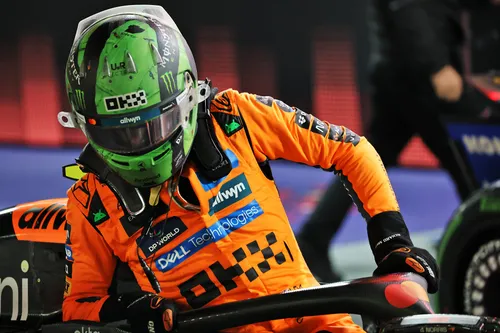
Photo: RacePictures.
Read also
Could this affect the outcome of the final two races?
McLaren, who would have had the Drivers’ Championship in the bag with Lando Norris had the Las Vegas result stood, now finds itself managing a still-comfortable lead—but with no room for error.
A 24-point advantage is far too small to treat Max Verstappen as a minor threat, with the Dutchman continuing to rack up result after result, backed by a Red Bull that, since the summer break, has regained serious competitiveness and at times even outperformed the MCL39.
The intense battle with Red Bull certainly pushed McLaren to take even bigger risks with their setup in an effort to extract maximum performance from the car. On the flip side, they now face a halved lead that leaves Norris—and especially Piastri, who now shares second place with the Dutchman—hardly sleeping easy.
The pressure now rests entirely on the English team, while momentum is firmly with the four-time world champion—and who knows, in the end, the championship could be decided by less than a millimeter.
Read also
GPblog's latest F1 Paddock Update
Want to stay up-to-date with what happens in the F1 paddock? Then GPblog's F1 Paddock Update video is the perfect way to do it. Subscribe to GPblog's YouTube channel and turn on notifications to never miss the latest episodes.
Read also
Read more about:
Rumors
Popular on GPBlog
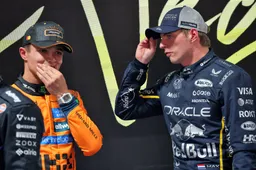
1
Verstappen stands by past comments on Norris: ‘I meant what I said’
3493 times read

2
Piastri defies FIA Stewards over F1 Las Vegas GP controversy
2523 times read
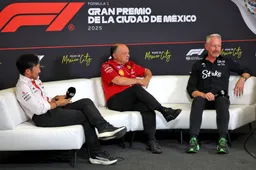
3
F1 team boss says Qatar race risks being 'destroyed' after special rule
2047 times read

4
Hamilton’s Ferrari future in F1 thrown into doubt after brutal Vegas weekend
1720 times read
Loading
